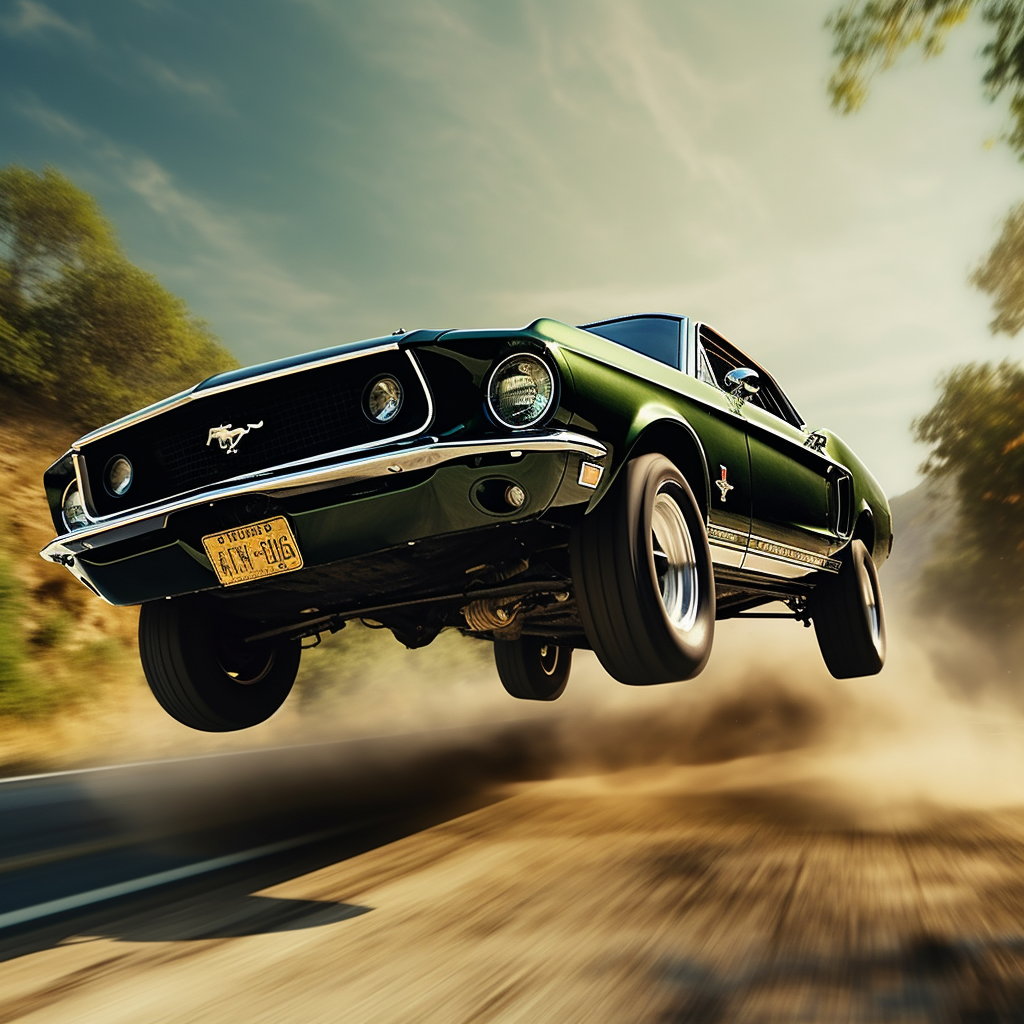In the world of classic muscle cars, few names resonate as strongly as the Ford Mustang. Since its debut in 1964, the Mustang has been an enduring symbol of power, style, and American automotive innovation.
With its sleek design, powerful engines, and cultural impact, the Mustang has left an indelible mark on the automotive landscape.
My name is Michael Savage from New Canaan, Connecticut, and I want to take you on a journey through its rich history and explore the standout features that have made the classic Ford Mustang a true icon.
The Birth of a Legend
The Ford Mustang was officially unveiled on April 17, 1964, at the New York World’s Fair. This marked the beginning of a new era in the automotive industry, as the Mustang was designed to be a “pony car” – a smaller, more affordable, and stylish alternative to traditional muscle cars. The timing couldn’t have been more perfect, as it captured the youthful spirit and desire for speed that defined the 1960s.
Distinctive Design
One of the Mustang’s most enduring features is its distinctive design. The first-generation Mustang, often referred to as the “1964½” or early 1965 model, featured a long hood, short rear deck, and a classic fastback or convertible body style.
The iconic galloping pony emblem in the grille added an extra touch of personality. This design combination created an instant connection between the car and its enthusiastic audience.
Performance and Engine Options
True to its muscle car heritage, the Mustang offered a range of potent engine options that catered to various levels of performance enthusiasts. The high-performance V8 engines were the heart and soul of the Mustang’s appeal. From the 289 cubic-inch V8 to the legendary 428 Cobra Jet, these engines brought raw power and exhilarating speed to the driving experience.
Shelby Mustang: A Performance Marvel
The collaboration between Ford and legendary racer Carroll Shelby led to the creation of some of the most sought-after Mustang variants: the Shelby GT350 and GT500. These models were not only about power but also about refined handling and aerodynamics. The Shelby Mustangs featured aggressive styling cues, racing stripes, and a distinctive hood scoop that hinted at their performance prowess.
Cultural Impact
Beyond its mechanical excellence, the Mustang quickly became a cultural phenomenon. Its appearances in movies, television shows, and advertisements cemented its status as a symbol of freedom and American ingenuity. Steve McQueen’s thrilling chase scene in the movie “Bullitt,” featuring a Highland Green 1968 Mustang GT, became an unforgettable moment in cinematic history.
Legacy and Collectibility
As the years have gone by, the classic Ford Mustang’s legacy has only grown stronger. Collectors and enthusiasts around the world value these cars for their historical significance, design, and performance. Well-maintained and restored Mustangs from the 1960s and early 1970s command top dollar at auctions, with certain rare models reaching astronomical prices.
Conclusion
The classic Ford Mustang muscle car stands as a testament to the enduring power of automotive innovation and the pursuit of driving excitement. Its history is one of innovation, performance, and cultural impact that continues to captivate enthusiasts and casual admirers alike. From its bold design to its roaring engines, the Mustang has carved a permanent place in the hearts of those who appreciate the thrill of the open road and the beauty of a true American icon.
ABOUT MIKE SAVAGE OF NEW CANAAN, CT
Michael Savage from New Canaan is the CEO and sole shareholder of 1-800 Accountant that helps businesses with their accounting services and needs through cutting-edge technology and customer support. Mike Savage also has created a foundation with his wife Sandra to provide goods and relief for impoverished children and families in Honduras.
In his spare time, Savage enjoys creating unique koi ponds, collecting Michael Jordan sneakers, vintage Lego sets, and admiring muscle cars and unique pop art. He and his wife also spearhead the Savage-Rivera foundation to help impoverished families in Honduras.
